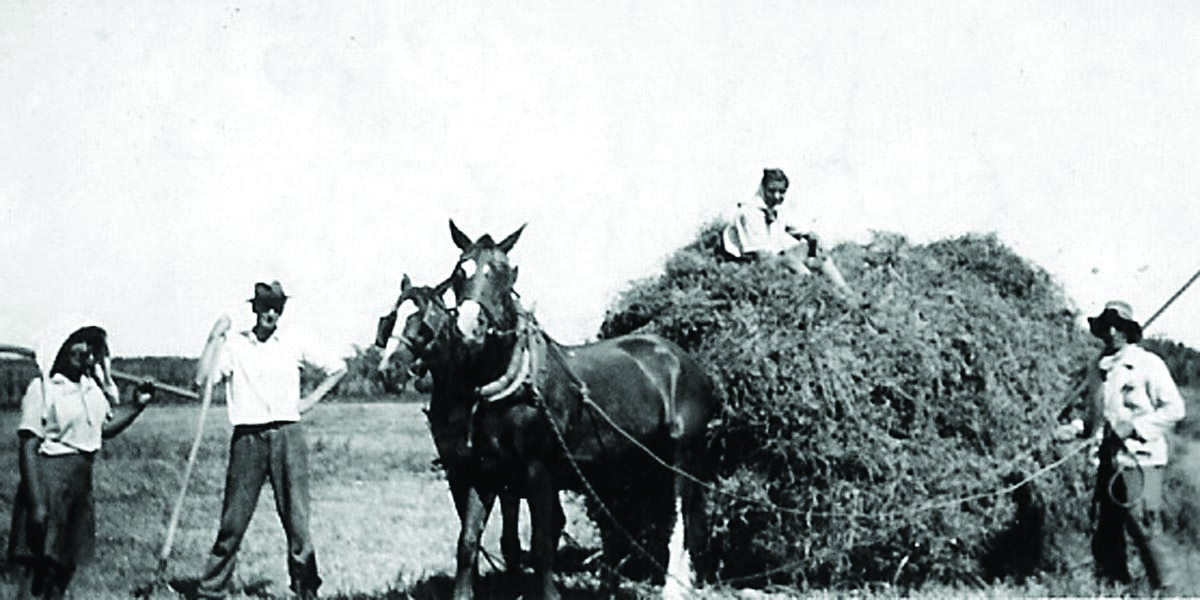
(Continuing from yesterday’s post…)
25 More Ideas
26. Make it a family project to clean, weed, and replace old headstones of ancestors.
27. Take a trip to your ancestral country to do research or just look around and take pictures.
28. Spend an evening with your children and/or parents and share family and ancestral stories. Have someone act as scribe to record stories and have someone else videotape them.
29. Discover the origin of your family surnames. Find out what they mean, if you have a coat of arms or an ancestral home.
30. Use Google to search your surnames, locations, or family websites.
31. Check the catalog at the Family History Library. Search your surnames or locations where your family lived. See what’s available online, order films to arrive at the nearest Family History Center near you, or visit the library personally.
32. Research discrepancies in your pedigree. (Everyone has mistakes that have been made, or children who have been forgotten.)
33. Collect vital records for as many ancestors as you can.
34. Write your life history and give it away as a Christmas present.
35. Write down your memories of your parents and grandparents for your children.
36. Create a pedigree chart of your direct line, laminate it and give it to the Family History Library.
37. Create a web page of your family lines.
38. Make a decorative family tree or fan chart to display on the wall and/or give as gifts.
39. Verify the sources for all the information you find about your ancestors. Attach these sources onto your family tree.
40. Use the descendency chart to find forgotten cousins who still need their work done. Here’s how.
41. Organize, and be familiar with, what information you do have about your family.
42. Use Rootsmapper.com to trace your ancestral family’s journey to where you live today.
43. Collect (by asking relatives) conversion stories, and share them with your children. Bind them in a book. Use them in Church lessons, FHE lessons, anecdotes, teaching moments, etc.
44. Create a wall of family and ancestor pictures in your home.
45. Collect books that have been published by and about your ancestors.
46. Seek to have spiritual experiences in doing your family history. Record them, along with your testimony, and share them with your family.
47. Start a family newsletter.
48. Get to know your ancestors just by reading their pedigrees and histories. Imagine what it was like to live in their day.
49. Ask older relatives to identify people in pictures and gather everyone’s family pictures and make sure everyone has copies of those identified.
50. Collect patriarchal blessings of your ancestors. Talk about them in FHE. Search for blessings given to a great-grand relative that may be fulfilled in you or your child. Or find traits and talents that follow through the generations.
Both my parents were born in foreign countries. Thankfully, I have been blessed to be able to visit their childhood homes and see for myself what life might have been like for them growing up. My mother was born in France. We visited with the older sister she left behind so many years ago and had a wonderful reunion with several family members. My father was born in Mexico. We spent many a summer visiting with his family. Even though I couldn’t speak the same language as my cousins, from either side of the world, we learned that “Barbie doll” is a language shared by all.
I wrote my grandmother’s history and submitted it to Women of Faith in the Latter-Days. It will be published in their fourth volume. They are still looking for histories for their seven-volume series.
Continued here
I took a family history researching class from ASU and one really interesting thing we did was make a timeline of the major life events of various people in our pedigree chart. There are websites out there that you can type in a birth date and a death date and get a ready-made timeline of all the major world events that happened between those years. Then you can cut and paste that timeline into a document and add in ancestor major events and see how an ancestor fits into the world context. So cool!
Another thing we did was compile a list of places our ancestors lived and then we went to mapquest and they allow you to type one city after another and you can get the places starred and lined on the map and see migration patterns! This brings ancestors more to life, to see their large scale movements over time!
I teach the family history class in my ward, and I’ve been thinking of ways on how to excite myself as well as those in my class in family history. I love these ideas and also added ideas from you Michaela. Thanks!